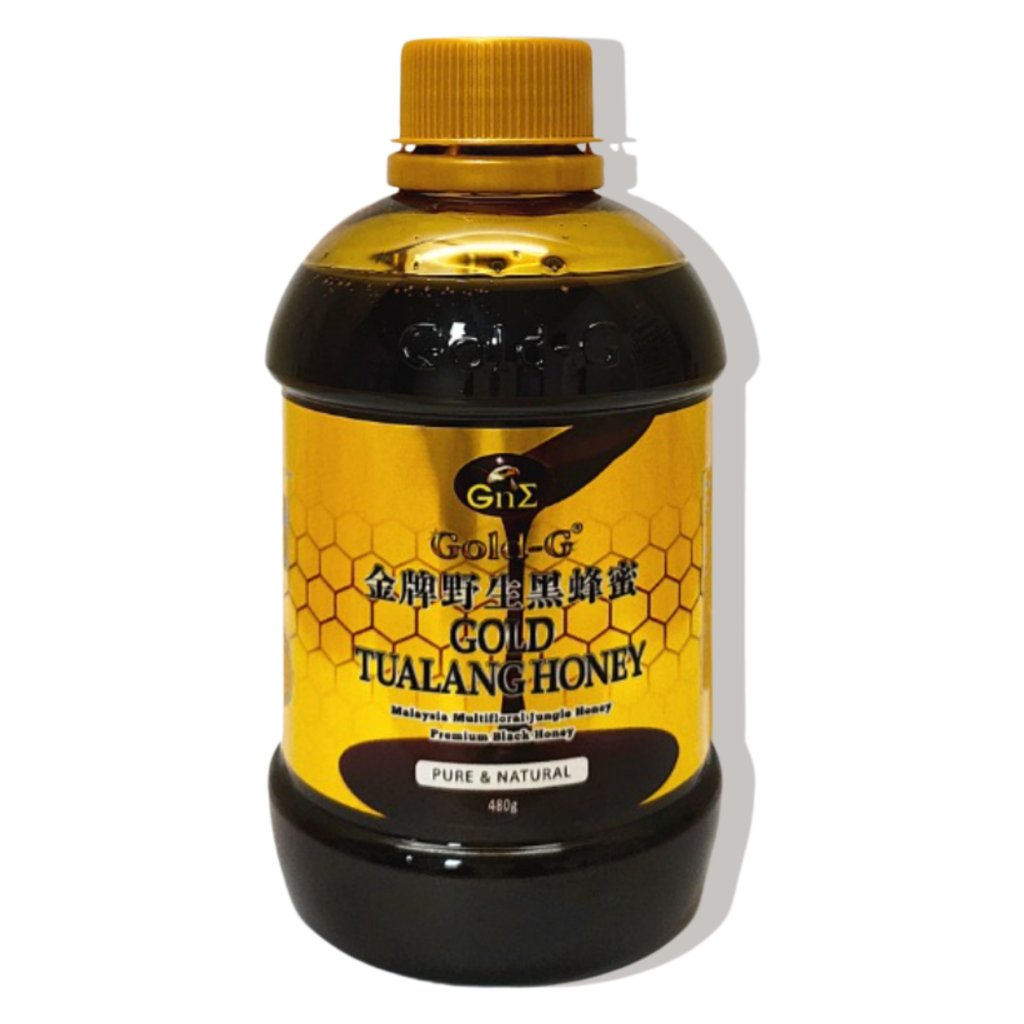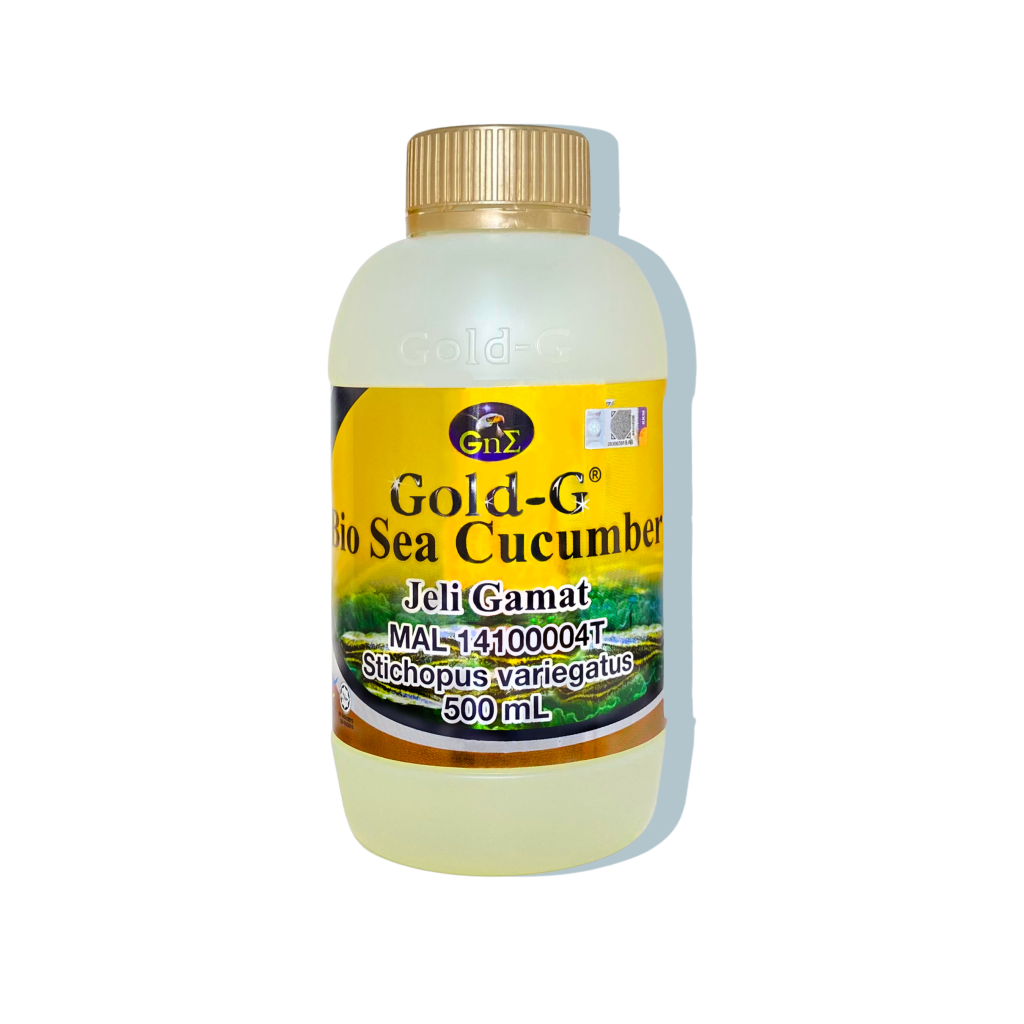What is probiotic?
Probiotics are live microorganisms (live bacteria and yeast) that provide health benefits, especially in treating gastrointestinal conditions such as diarrhea, bloating, and constipation. Probiotics are often called “good” or “helpful” bacteria because they help keep your gut healthy. Probiotics may contain a variety of microorganisms, while the most common groups are Lactobacillus and Bifidobacterium.
Probiotics have the potential to:
Maintain a healthy community of gut microbiome in the body. Having an unhealthy gut microbiome might cause frequent constipation, diarrhea, bloating, fatigue, and other digestive issues, while increase probiotic may help to alleviate these health conditions.
Restore the balance of gut microbiome after being disturbed. The gut microbiota can be affected by several factors, including viral or bacterial infections, medications such as antibiotics, high alcohol consumption, physical inactivity, and also chronic stress.
Produce nutrients that yield beneficial effects. The gut microbiota can synthesize certain vitamins, notably vitamin K for bone health, and B vitamins for energy metabolism.
Enhance the body’s immune system. Probiotic can strengthen immune cells, provide quicker recovery from illness, and reduce the risk of getting infections.
How to get it?
There are variety of probiotics supplements available in powdered form, capsule, and liquid form, and supplements aren’t the only way to get a daily dose of probiotics. Foods such as yogurt, cheese, kimchi, and several fermented foods (kombucha, miso soup, tempeh, pickled vegetables, raw apple vinegar) also contain probiotics.
Things to take note:
- Probiotic products often list the number of colony-forming units (CFUs), which indicate the number of live microorganisms in the product. However, higher CFU counts do not necessarily mean that the product has greater health benefits, but it depends more on the specific types of microorganisms it contains.
- Moreover, different types of probiotics may have different effects on health. For example, Lactobacillus acidophilus was shown to effectively improve Irritable bowel syndrome, but Lactobacillus bulgaricus might not be as effective as it.
- Since probiotics are live microorganisms, they can be easily destroyed by antibiotics and hot water, and improper storage time and temperature too.
- Probiotics should not be consumed together with antibiotics and are best to consume the probiotic supplements before expiration.
What is prebiotic?
Prebiotics are not same to probiotics, prebiotics are a group of nutrients that will be degraded by gut microbiota, also considered as the source of food for the gut microorganism.
The International Scientific Association of Probiotics and Prebiotics (ISAPP) defined “dietary prebiotics” as “a selectively fermented ingredient that results in specific changes in the composition and/or activity of the gastrointestinal microbiota, thus conferring benefit(s) upon host health”
The roles of Prebiotics:
Prebiotics play an important role in human health, such as stimulate the growth of gut microbiota, protect the gastrointestinal health, enhance immunity functions, improve skin and cardiovascular health.
Example of prebiotics and their functions (Davani-Davari D, et. al 2019):
- Oligo-fructans and inulin: improve antibody responses toward viral vaccines, such as influenza and measles.
- Fructo-oligosaccharides (FOS): strengthen antibody response to influenza, reduce the side effects of the influenza vaccine.
- Fructo-oligosaccharides (FOS) and galacto-oligosaccharides (GOS): stimulate the growth of gut microbiota (e.g., Bifidobacteria) and reduce the pathogenic bacteria in preterm infants.
- Galacto-oligosaccharides (GOS): enhance skin health and promote cardiovascular health.
Did you know?
According to a research study published in AHA Journals, lacking prebiotics could affect the composition of gut microbiota, which then contributes to the regulation of blood pressure. The study suggests that the absence of prebiotic fiber is not merely associated with a higher incidence of cardiovascular disease, but similarly to other well-known Western lifestyle risk factors it likely leads to the development of hypertension and cardiovascular disease.
Sources of prebiotics:
There are many types of prebiotics and majority of them are subsets of carbohydrates, such as inulin, fructo-oligosaccharides (FOS), galacto-oligosaccharides (GOS), and trans-galacto-oligosaccharides (TOS).
- They can naturally exist in different dietary food products with a low concentration. Food such as asparagus, sugar beet, garlic, chicory, onion, wheat, honey, banana, barley, tomato, rye, soybean, human’s and cow’s milk, peas, beans, seaweeds and microalgae are the foods containing prebiotic. Because of their low concentration in foods, they are manufactured on industrial large scales.
- Some of the prebiotics are produced by using lactose, sucrose, and starch as raw material, and added into fortified food and dietary supplements, and also developed into Synbiotic, a product that combine probiotics and prebiotics.

Exploring Tualang Honey: A Promising Prebiotic for Gut Health
Tualang honey containing fructo-oligosaccharides, prebiotics promoting the growth of probiotics to improve gut health. It can be easily incorporated into your diet by adding it to various food and drink items, such as tea, coffee, yogurt, or oatmeal.
In summary
Both probiotics and prebiotics have beneficial effects on our body’s health. A lack of these nutrients may worsen gastrointestinal health, weaken immunity, and potentially lead to adverse health effects. However, it might be not necessary to take prebiotics and probiotics supplementation as they can be found in variety of foods.
There are currently no official recommendations for the use of probiotics by healthy individuals. If you wish to try probiotics, it is best to seek advice from your healthcare provider regarding which probiotic to choose, what dosage to take, and how long to use the product. It is important to check the expiration or use-by date on the product label and follow the storage instructions. Some probiotics may require refrigeration, while others can be stored at room temperature.
Precautions:
- One potential side effect of probiotics that poses a risk is the occurrence of allergic reactions to the introduced bacteria. If you experience symptoms such as hives or severe stomach pain after consuming a prebiotic or probiotic supplement, stop taking the supplement immediately. Seeking medical advice is essential to determine whether you are having an allergic reaction.
- While probiotics and prebiotics supplements are generally considered safe during pregnancy and breastfeeding. However, it is crucial to consult with your healthcare provider before beginning any new supplement during pregnancy and the postpartum period.
- Certain individuals, such as those with a weakened immune system (such as those undergoing chemotherapy) or those suffering from critical illnesses, should be cautious when considering probiotic supplementation.
- In some cases, probiotics may be recommended for children undergoing antibiotic treatment. However, it is important to consult your child’s doctor before administering probiotics to any child under the age of 12.
GNE Gold-G® Health Food Series:

Gold-G® Gold Tualang Honey
Tualang honey is raw honey harvested from Malaysia’s tropical rainforest. It is 100% pure and natural without undergo any additional treatment, hence it retained natural friendly bacteria, propolis, pollen grains, phytonutrients, phenolic acids, and flavonoids. Besides natural taste and aroma, Tualang honey has higher nutritional value and stronger therapeutic effects than processed honey!
Tualang honey possesses anti-microbial and anti-inflammatory effects, which could effectively reduce risk of gastritis caused by H.pylori infection, improve wound healing, and reduce inflammation on the stomach lining. The prebiotic ingredients in raw honey such as fructo-oligosaccharides promote the growth of intestinal microbiota and aid in maintaining gastrointestinal health.

Gold-G® Bio Sea Cucumber
Sea cucumber is rich in pharmaceutical active components that provide beneficial effects on promoting gastrointestinal health, such as fucoidan, saponin, collagen, and mucopolysaccharides.
- Fucoidan could reduce gastric ulcer, provides anti-inflammatory and gastro-protective effect. Besides, it was found to stimulate the bowel movements and increase the stool frequency, hence beneficial for constipation.
- Sea cucumber peptides protect against colitis by modulating intestinal microbiota and enhancing the intestinal barrier.
- Collagen promotes wound healing, repair damaged tissues, stimulates new blood vessels formation, and encourage depositions of new collagen on the wound site.
- Mucopolysaccharides accelerate wound healing and improve wound concentration rate
Click the link below for direct purchase.
References:
- NCCIH, 2019. Probiotics: What You Need To Know. Available from: https://www.nccih.nih.gov/health/probiotics-what-you-need-to-know
- Mikstas C., 2022. What Are Probiotics? Available from: https://www.webmd.com/digestive-disorders/what-are-probiotics
- Mishra, C., & Lambert, J. (1996). Production of anti-microbial substances by probiotics. Asia Pacific journal of clinical nutrition, 5(1), 20–24.
- NIH, 2023. Probiotics – Fact sheet for consumer. Available from: https://ods.od.nih.gov/factsheets/Probiotics-Consumer/
- Davani-Davari D, Negahdaripour M, Karimzadeh I, et al. Prebiotics: Definition, Types, Sources, Mechanisms, and Clinical Applications. Foods. 2019;8(3):92. Published 2019 Mar 9. doi:10.3390/foods8030092 Available from: https://www.ncbi.nlm.nih.gov/pmc/articles/PMC6463098/
- Soon-Sinclair, Jan Mei & M.S., Mohd & Abdullah Sani, Norrakiah. (2010). Fructooligosaccharides in honey and effects of honey on growth of Bifidobacterium longum BB 536. International Food Research Journal. 17. 557-561. http://www.ifrj.upm.edu.my/17%20(03)%202010/IFRJ-2010-557-561%20Norrakiah%20Malaysia%20ok.pdf
- Schell, K. R., Fernandes, K. E., Shanahan, E., Wilson, I., Blair, S. E., Carter, D. A., & Cokcetin, N. N. (2022). The Potential of Honey as a Prebiotic Food to Re-engineer the Gut Microbiome Toward a Healthy State. Frontiers in nutrition, 9, 957932. Available from: https://doi.org/10.3389/fnut.2022.957932
- Gaifullina, L. & Saltykova, E. & Nikolenko, Alexey. (2016). Prebiotic and probiotic properties of honey. Available from: https://www.researchgate.net/publication/318585933_Prebiotic_and_probiotic_properties_of_honey
- Carter A., 2017. Prebiotics vs. Probiotics: What’s the Difference? written by Watson K. Available from: https://www.healthline.com/health/prebiotics-vs-probiotics
- Kaye DM, Shihata WA, Jama HA, Tsyganov K, Ziemann M, Kiriazis H, Horlock D, Vijay A, Giam B, Vinh A, et al. Deficiency of Prebiotic fiber and insufficient signaling through gut metabolite-sensing receptors Leads to Cardiovascular disease. Circulation. 2020; 141(17):1393–403. doi:10.1161/circulationaha.119.043081. https://www.ahajournals.org/doi/10.1161/CIRCULATIONAHA.119.043081
This website does not provide medical advice. The content of this website, such as graphics, images, text and all other materials, is provided for reference and educational purposes only. The content is not meant to be complete or exhaustive or to apply to any specific individual’s medical condition. Always seek the advice of your doctor or other qualified health provider regarding a medical condition.




